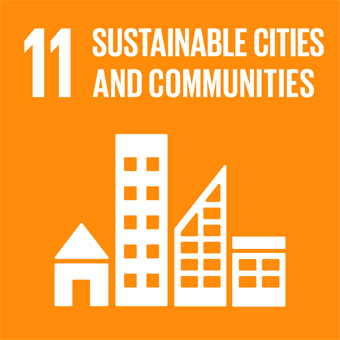N. Anil Kumar
M. S. Swaminathan Research Foundation
The trend in urban forestry and tree growing in city limits is gaining much attention in many parts of the world, especially after the COVID pandemic. The purpose of tree planting and management has elevated from conventional recreational use to the multiple benefit values, including saving the semi-domesticated species of birds, butterflies, reptiles and several small harmless animal life in the cities. The beneficial aspects and the utility traits of trees like high dust absorbance, balanced evapotranspiration, local identity and adaptation, good canopy density, timber value, edible fruits and flowers that attract other forms of manageable biodiversity are the preferred traits in the selection of species for green belting of cities.
Raising and nurturing right trees in right places suiting to the nature of the terrain and the businesses of the given urban environment needs an integrated application of science of ecology, botany and arboriculture. I am introducing a group of 21 Rare, Endemic, and Threatened (RET) tree species which are more suited to the urban and peri-urban areas of the Western Ghats part of India.
These species are:
- Aglaia malabarica Sasi;
- Atuna travancorica (Bedd.) Kosterm;
- Chionanthus linocieroides (Wt.) Bennet ex Raiz.;
- Cynometra beddomei Prain;
- Cynometra travancorica Bedd.;
- Dipterocarpus indicus Bedd. ;
- Dysoxylum malabaricum Bedd. ex DC;
- Elaeocarpus munronii Wt.;
- Garcinia indica (Thouras) Choisy;
- Hopea erosa (Bedd.) Slooten;
- Hydnocarpus macrocarpa (Bedd.) Warp.;
- Julostylis polyandra N. Ravi & N. Anil Kumar;
- Kingiodendron pinnatum (Roxb. ex DC) Harms;
- Madhuca bourdillonii (Gamble) H. J. Lam.;
- Magnolia champaca (L.) Baill. ex Pierre;
- Mitrephora grandiflora Bedd.;
- Saraca asoca (Roxb.)de Wilde;
- Syzygium travancoricum Gamble;
- Tabernaemontana heyneana Wall.;
- Vateria macrocarpa Gupta
- Vatica chinensis L.
The planting stocks of these species are maintained in the M. S. Swaminathan Botanical Garden in Wayanad. The Silviculture techniques of these 21 species have been worked out and a campaign is going on to plant these species in urban and peri-urban environments- in parks, arboretums, institutional premises, along avenues, and coffee plantations. Three Municipalities of Wayanad district have started focusing on the greening of their town limits by growing native tree species and medicinal plants.

This project is part of the MSSBG’s Conservation campaign called “Grow our dying” trees (God Trees), which aims to save the endangered tree species of India’s Western Ghats- the most human dense global biodiversity hotspot. The target is conservation of 100 RET tree species with their maximum possible genetically variable populations available in both in-situ and ex-situ conditions.
A scientifically and aesthetically developed “green infrastructure” in cities becomes an urgent strategic intervention for the sustainable development of cities. An urban forest project can be designed with the purpose that would help achieve the SDG 11 targets of reducing the adverse per capita environmental impact of cities; universal access to safe and green public spaces, and strengthening links between urban, peri-urban and rural areas, as well as the Goal 13 of climate mitigation and adaptation, and Goal 15 of conservation of life on land.

